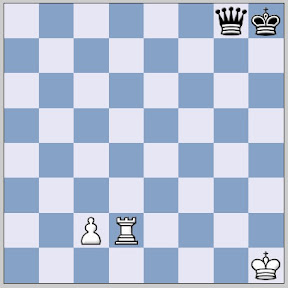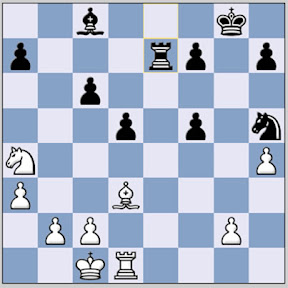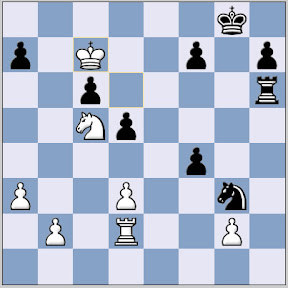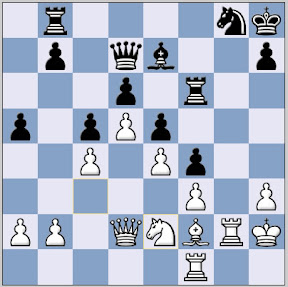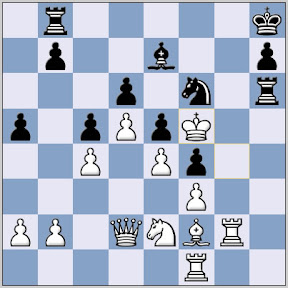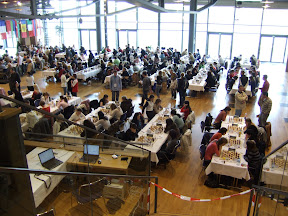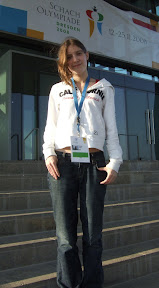
If you want to succeed at Chess, it's crucial to know how to play fundamental endgames, how to convert those final positions and get valuable points on the tournament board. Equally important, a knowledge of fundamental endings will help you earlier in the game, enabling you to spot opportunities to simplify into positions you know are won, or to create drawing chances when all seems lost.
Kasparov referred to this as "investing in your own bank of endgames": the more endgames you know, the more points you will chalk up on the tournament board. This advice is applicable to all players from beginner to World Champion. The number and complexity of the endgames might increase, but the basic principle holds fast.
In this article, I'll introduce you to some of the 'basic' endings, those that I think it is essential for a novice to learn, and that a club player should know (it's amazing how many don't, even very good ones). I'm going to assume that you know how to checkmate with K+Q vs. K, K+R vs. K, K+2B vs. K; if you don't, then make that your starting point instead (see the book recommendations later).
I won't give variations, instead consider it a checklist of positions to test yourself against. If you need advice for any of these positions, post a comment and I'll happily show you the best continuations. Alternatively, look them up in your endgame book; if you don't have one, it might be time to invest. I'll recommend some at the end of the article.
King and Pawn vs. King
Is this a win or draw for White? Well, the answer depends on whose move it is. Can you play it out with both Black or White to play, and know how it finishes with best play? This is the first ending any chess player should learn and essential to master; consult your endgame book, learn it and also about the concept of "
the opposition".
To some of you, this may seem trivial, but here's how Scotland's top woman player at an Olympiad handled it:
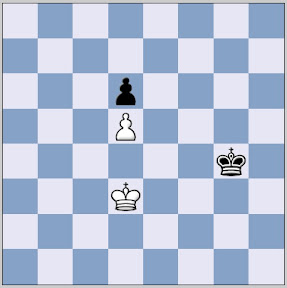
Seeing that she was going to lose her pawn on d5, she incredibly resigned! Of course, the position is completely drawn: she simply has to ensure that she meets Kxd5 with Kd3 gaining the opposition and drawing.
If the pawn is a rook pawn, then the ending is almost always drawn. Again check your endgame book to discover the additional drawing resources.
By knowing these basic positions you can make much more informed decisions when determining the best continuation earlier in the game.
King, Rook and Pawn vs. King and RookRook endings are the most frequently encountered ending. They are full of complexities and subtleties that would take several lifetimes to master. A rule of thumb is "the active continuation is usually better than the passive continuation", and as for basic endings, there are two that are essential to know how to play.
The first is how to win this position:
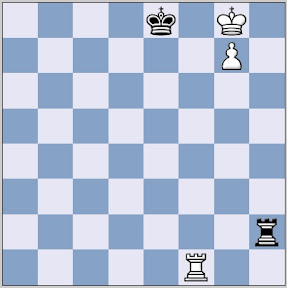
The solution was first published by Lucena over 500 years ago, and involves the concept of "
building a bridge"
And the second is how to draw this position, first published by Philidor in 1777:
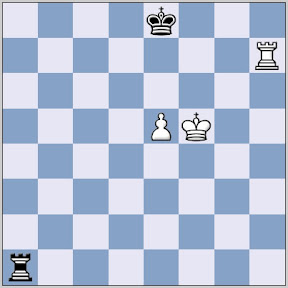 Other essential endings
Other essential endingsDo you know how to play King and Queen vs. King and Pawn on the 7th rank? I used it to good effect in the second round at the recent
Edinburgh Chess Congress, sacrificing an extra pawn in order to win the race to Queen and reach this won ending (with Black to move):
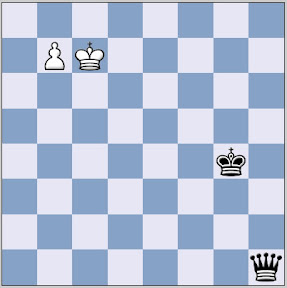
Knowing this position was won was essential to being able to determine the winning continuation earlier in the game. I was amazed that my opponent, a strong and rapidly improving junior (around 1800 rated), didn't know this ending and questioned me afterwards about whether he could have drawn the position. Do you know how to win from here?
It's also essential to know that this ending with a Rook Pawn or Bishop Pawn is not winning (unless your King is very close). Do you know the defensive resource that gains the draw with the Bishop Pawn?
The final ending I want to show is the Bishop and Rook Pawn of the wrong colour:
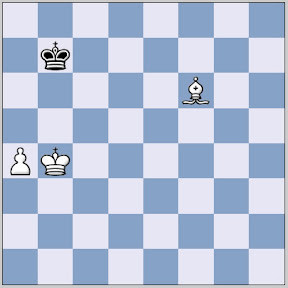
Despite the extra material, White cannot win this position. Black simply moves his King between a8 and b7 and the best White can do is deliver a draw by stalemate. Play it out if you are not familiar with this ending.
Knowledge of Bishop and Rook Pawn of the wrong colour has saved me many half points on the tournament table, by directing games into the ending, e.g. by exchanging off more dangerous pawns.
My concluding advice is:
- Build your 'endgame databank' by learning these basic endings (and how to recognise a won, drawn or lost position)
- Whatever your strength, work to keep expanding your 'databank' by learning further endings
And the book recommendations:
Averbakh's
Chess Endings Essential Knowledge is definitely the place to begin; a guide to handling all the fundamental endings I've discussed and many more.
For endgame reference and some training, then
Practical Chess Endings
by Paul Keres remains the best.
And finally, for the strong player looking to improve, you might want to give serious consideration to Dvoretsky's
Endgame Manual.
